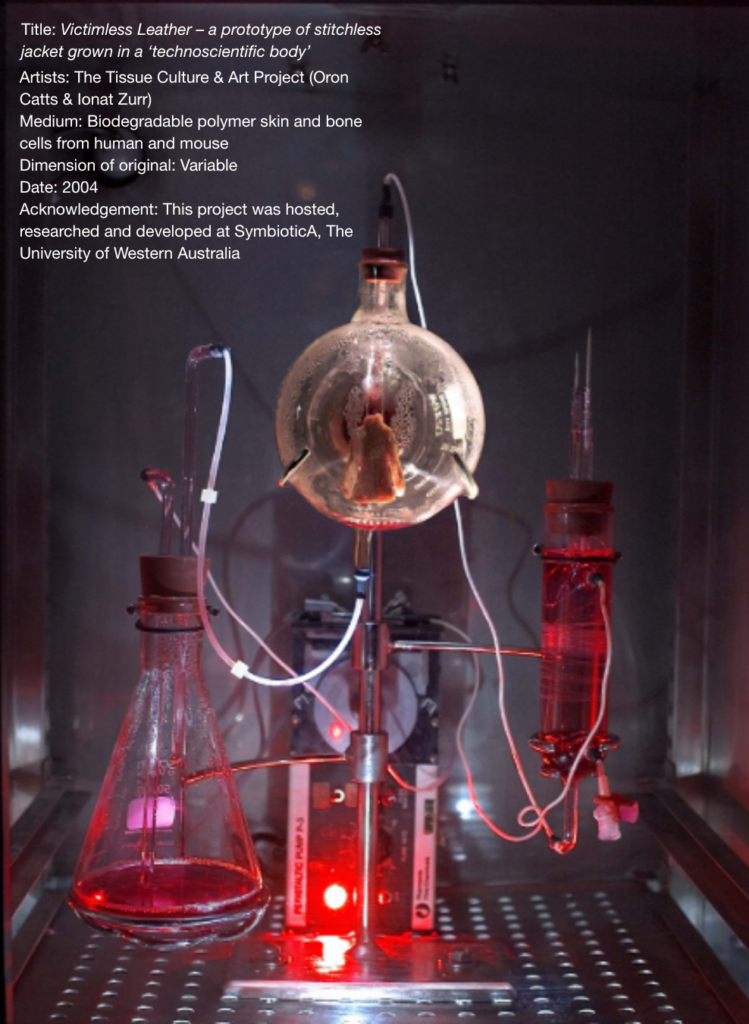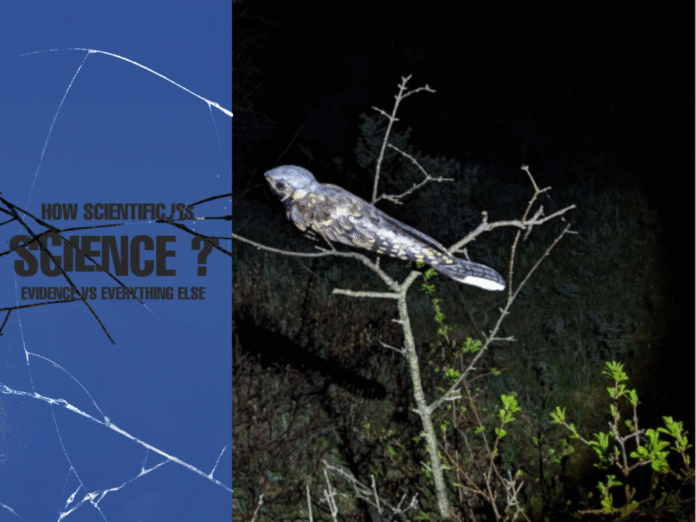It can be easy to think of science as a set of silos: physics, chemistry, biology, medicine – the list goes on. After all, that’s how science is usually split up in high school and university.
In reality, those lines are just lines. No one can learn everything, so we draw lines to mark the boundaries of disciplines and fields.
But the universe doesn’t care where we draw our lines. Nature doesn’t make dichotomies, only spectrums.
Shatter the silo
For scientists like Professor Jenny Rodger, a neuroscientist at the University of Western Australia (UWA), that means “it’s unrealistic to expect that one person can have all the perspectives and have all the insights”.
In particular, Jenny notes the complexity of systems in the human body.
“Think of something like an MRI machine,” says Jenny. “You can look at the biology of the brain and you can link it to behaviour, and then you have other biological markers that you can collect at the same time, like heart rate or temperature or skin conduction.”
Caption: MRI machines need transdisciplinary teams to make full use of their data
Credit: Christina Clarke, 2020 Public Domain
Jenny believes this kind of systems approach, which involves collecting lots of different data about the same structure, “is what’s going to … facilitate transdisciplinary research”.
It doesn’t end there. Lived experience is essential to science too.
“If you’re doing research on a particular disease, it’s important for us as researchers to involve people with lived experience of the disorder or disease to make sure that we know what their priorities are and that our research is relevant,” says Jenny.
Artists make meaning
Jenny has welcomed artists into her lab throughout her career.
She believes the presence of an artistic perspective gives students and scientists permission to ask questions they normally wouldn’t ask
Associate Professor Oron Catts, director of UWA’s Institute of Advanced Studies, agrees.
“In a very generalised way, you can say that science is producing knowledge and art is producing the meaning,” says Oron.
“In terms of these big scientific breakthroughs in areas of AI and in the life sciences, there is a role for a broader perspective, which artists can bring.”
Oron is an artist, researcher, designer and curator who collaborates with scientists.

Credit: Supplied Oron Catt
Rather than going in and making a single artwork at the end of a scientific research project, Oron prefers to be embedded in the research team as a collaborator from the beginning.
“The most important audience for my work is the scientists that I’m working with,” says Oron.
“I believe that scientists by definition are creative people. They don’t need the artistic creativity as such. They need to see their work in different lights.”
While scientists are creative people with creative ideas, Oron says there are some necessary limits to that creativity.
“Let’s put it this way. I wouldn’t like to cross a speculative bridge and I wouldn’t like to get a speculative vaccine.”
Art in science
Meanwhile, some scientists have crossed their own speculative bridge and brought their love for art into science, like Asch Nighthawk, an avian researcher from the United States.
Asch mostly pursues art as a hobby. They like to paint the birds they research.
It turns out, their skill as a painter is extremely valuable to their research.
When they’re trying to capture a territorial bird, Asch creates a convincing fake bird ‘intruder’ to lure in their target.
Caption: An eastern whip-poor-will next to a decoy
Credit: Asch Nighthawk
“They’ll come to attack the fake bird that you’ve created,” says Asch.
They build decoy birds out of sculpting foam – a material designed for cosplay projects.
“Partly because it’s decently sturdy and flexible in what you can make with it, but it’s also very lightweight,” they say.
Minimising weight is a priority when you’re traipsing through the wilderness with several packs of research equipment.
The benefits of Asch’s artistic contributions don’t end when they leave a research team.
“Every time I’ve made a decoy, I’ve left it with the project after I have moved on … so that they can continue using it, because I can always make more,” they say.
Across the bridge
Whether your art is like Oron’s and gives meaning to the knowledge created by science or if it’s integral to the scientific process like Asch’s, there’s a place for you in science.
There is no need to limit yourself to drawing inside the arbitrary lines that separate arts and sciences.
Research, outreach and more all await the artist who dares to build their own speculative bridge.






